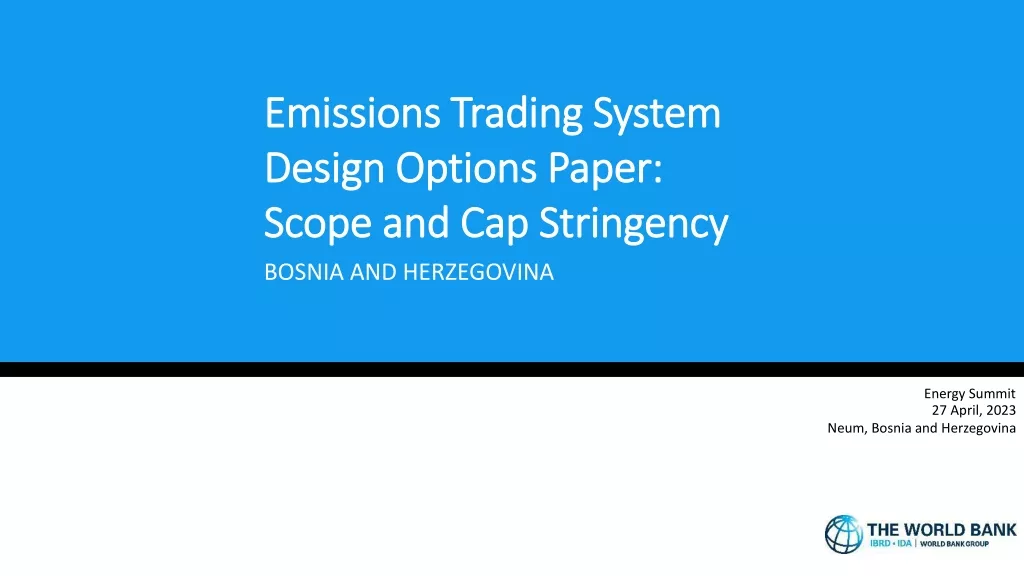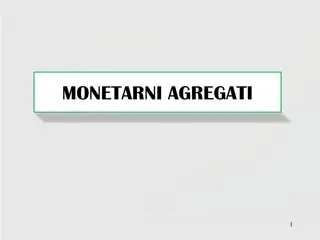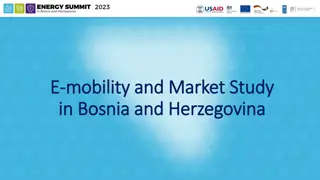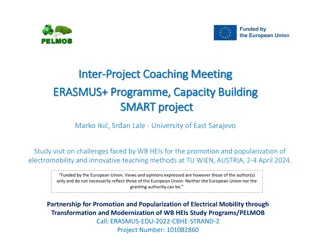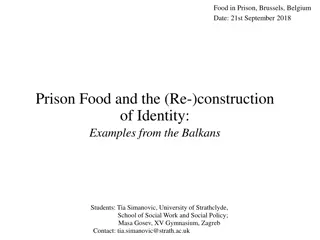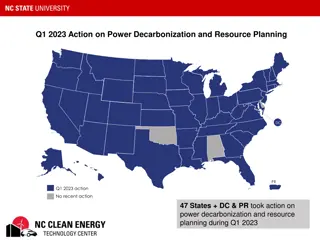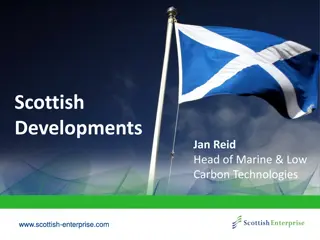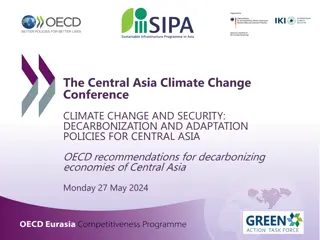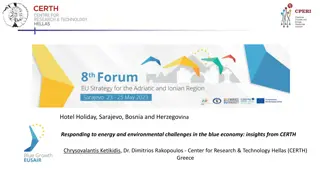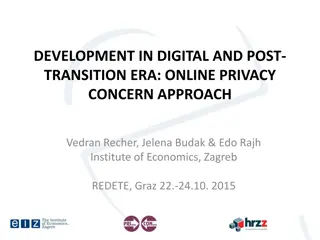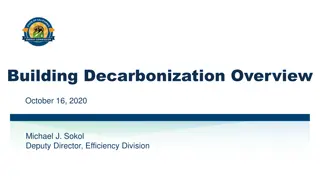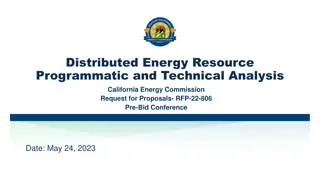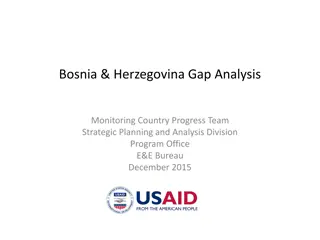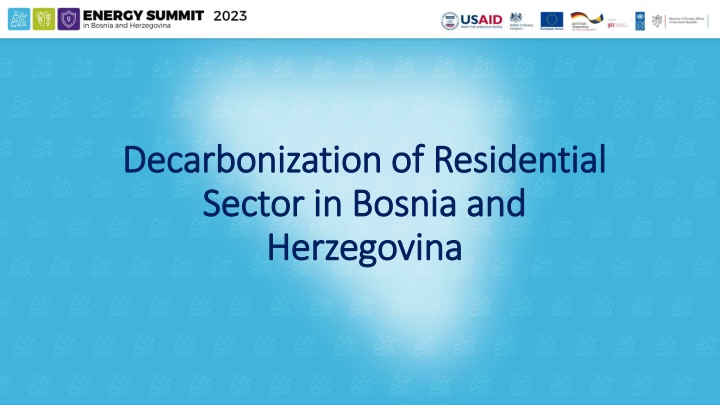
Decarbonization of Residential Sector in Bosnia and Herzegovina - Energy Efficiency Insights
The residential sector in Bosnia and Herzegovina faces obstacles in adopting energy efficiency due to lack of strategy, data, and financial mechanisms. Find out more about ongoing initiatives and challenges in the sector.
Download Presentation

Please find below an Image/Link to download the presentation.
The content on the website is provided AS IS for your information and personal use only. It may not be sold, licensed, or shared on other websites without obtaining consent from the author. If you encounter any issues during the download, it is possible that the publisher has removed the file from their server.
You are allowed to download the files provided on this website for personal or commercial use, subject to the condition that they are used lawfully. All files are the property of their respective owners.
The content on the website is provided AS IS for your information and personal use only. It may not be sold, licensed, or shared on other websites without obtaining consent from the author.
E N D
Presentation Transcript
Decarbonization of Residential Decarbonization of Residential Sector in Bosnia and Sector in Bosnia and Herzegovina Herzegovina
Why energy efficiency in residential sector? Why energy efficiency in residential sector? In Bosnia and Herzegovina, the residential sector plays a significant role in final energy consumption As per latest statistical data, 43% of overall final energy consumption in Bosnia and Herzegovina is attributed to households The largest part (78%) of total energy consumption is heat energy, and the remaining part (22%) is electricity More than 98% of residential buildings were constructed in the period up to 2010, before any energy efficiency regulations for buildings have been put in place
What are the obstacles? What are the obstacles? Primarily, luck of clear strategy on investment into EE in residential sector. This is mainly caused by: No baseline data on the state of residential stock, in terms of energy characteristics, energy consumption, potential for investment, etc. No cost-benefit analysis on different EE measures and how each applies to Bosnia and Herzegovina reality No financial analysis on pay-back period, crucial for any decision making for investment (grant, loan, ESCO, etc.)
What are the obstacles? What are the obstacles? Energy for heating charge based on flat rate per heated area no incentive for investment! Besides some ad hock initiative, no real and structured investments/subsidies by any government level in Bosnia and Herzegovina Financial inability among citizens to invest into EE No structured and evidence-based financial mechanism in country related to investment into EE in residential sector
What is underway? What is underway? With the support of Sweden, UNDP launched the project Decarbonization of Residential Sector in Bosnia and Herzegovina The projects is implemented in 36 cities/municipalities that have developed SECAPs, and therefore committed to focus their efforts, among other priorities, to reduction of air pollution, improvement of energy efficiency, etc
Activities Activities Energy Efficiency Studies Energy Efficiency Studies A total of 36 studies will be created during the project implementation. The studies will provide a baseline inventory of energy consumption and pertaining GHG emissions, assess the potential for cost-benefit energy saving potential and associated costs. A total of 15,000 buildings will be physically assessed, in order to achieve a representative sample for creation of each study Each study will serve as an excellent planning tool, enabling targeted municipalities/cities to gain a clear insight into their residential housing stock, and the scope of related low-carbon opportunities and implementation challenges
Activities Activities Financial Mechanisms Financial Mechanisms EE Studies will establish exact scope of their residential sectors and their energy needs, as well as their quantified energy saving potential As such, they represent key entry data for development of each Municipal /City Finance & Policy Mechanism Based on this information, each Mechanism will inter alia establish adequate long-term energy saving targets and exact timeframe in which these target should be achieved by energy efficiency measures supported and (co)financed through these Mechanisms Each Financial Mechanism must be transparent, just and inclusive for all. Systematic approach, targeting EE measures with most impact
Thank You! Sinisa Rodic UNDP, Climate Change Mitigation Programme Manager

